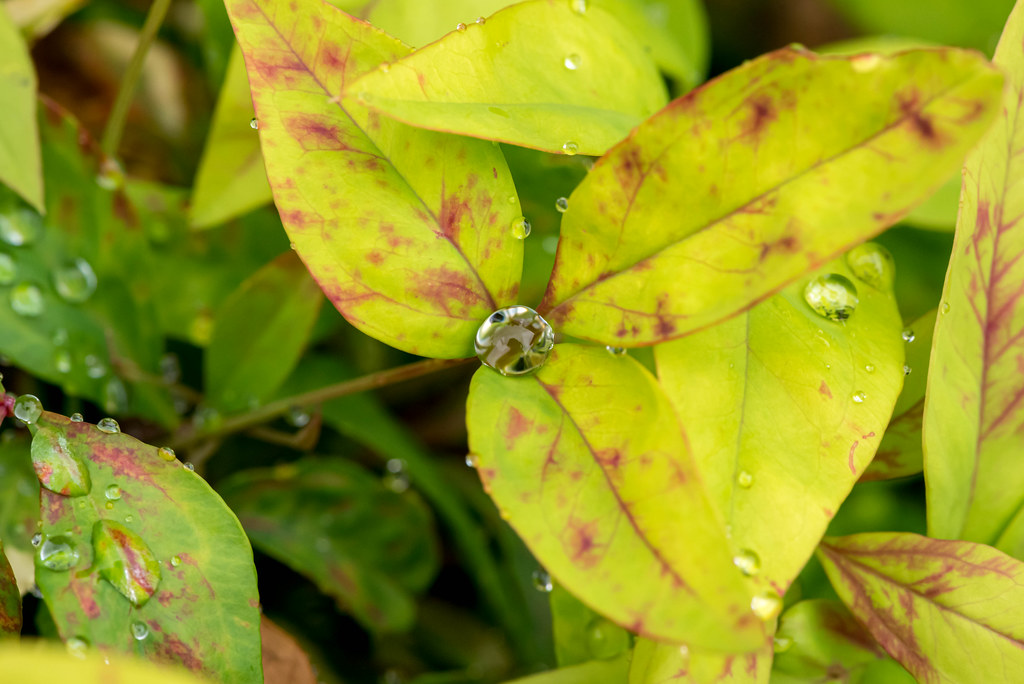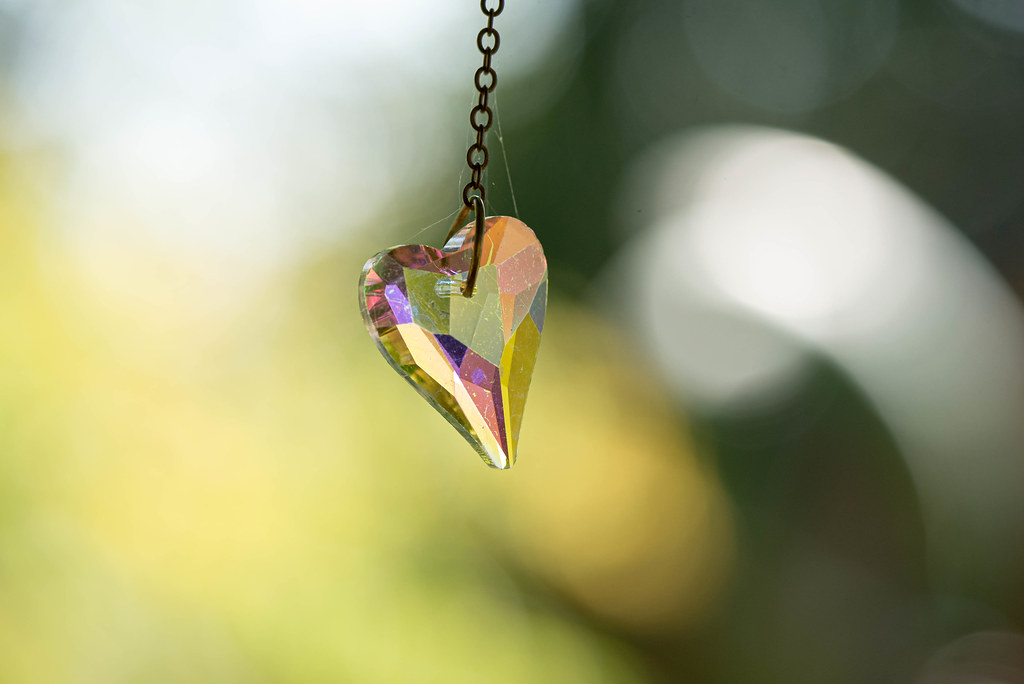
I went back and forth about this image for a while. When I initially took the photo and loaded it into Lightroom, I wasn’t really sure what to make of it. It’s a fine sunrise, but I didn’t think it had the sort of impact, either visually or on my journey as a photographer-in-training, but as the weeks went by I started to like it more and more. I think what bothers me, but at the same time kind of fascinates me, about this image is that it doesn’t really have a subject. There’s not one singular focal point for the viewer to look at, which is a huge contrast from almost every other photo I post here on Weekly Fifty. It has some interesting elements to it, certainly, but not one spot to draw you in or demand your attention. Instead, the entire composition asks you to consider it as a complete whole first, and then with discrete components upon further reflection. At the risk of sounding a bit too analytical, and making something out of nothing, I really do think this is one of the better sunrise images I have ever taken.
Eagle-eyed viewers might notice some striking similarities between this one and a shot I posted a couple months ago, and those viewers would be correct in their likely assumption: both shots were taken in pretty much the exact same spot. The view here is just a block down the road from our house, and scenes like this are not entirely uncommon when I head out for work in Fall and Spring when the sunrise coincides with my departure. I had my camera with me, as I often do, when I left work work on this particular day and pulled over on the side of the road to attempt to capture this vista with my D750 and 70-200 f/2.8 lens. I shot this at 150mm, f/11, 1/250 second, ISO 500, and didn’t really edit the final result much at all. A couple of my normal tweaks that I apply to every image (slight boost to the shadows, tone down the highlights and black levels, etc.) aside, what you see here is pretty much exactly what I saw when I hopped out of my car. God did the painting, all I did was happen to be in the right place at the right time to capture it.
I don’t normally do time-sensitive images here on Weekly Fifty, and almost never post images to coincide with a particular calendar event, and the same holds true with this one. It has nothing to do with the usual themes of late December: Christmas, Winter, Snow, or the new year just around the corner. Instead, this image, perhaps more than most, demonstrates my growth as a photographer simply because it is fundamentally different, given its lack of clear central subject, and as such it not only forced me to consider it more closely but also think about what I might do differently as a result. And so with 2024 just a few days away, seeing this photo gives me a sense of excitement for what lies ahead. Like the sun cresting the horizon and burning through the clouds, the future is bright and hopeful despite the gloom and shadow that still looms everywhere in this world. But even darkness must pass; a new day will come. And when the sun shines, it will shine out the clearer. Here’s to hope, and here’s to good times ahead. God bless you, Merry Christmas, and Happy New Year to you all.








